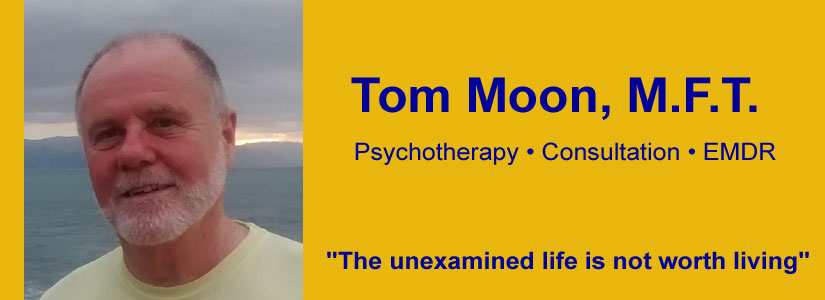Are human beings basically good or bad? My colleague, neuropsychologist Rick Hanson believes that science can answer this age-old question. He points out: “When the body is not disturbed by hunger, thirst, pain, or illness, and when the mind is not disturbed by threat, frustration, or rejection, then most people settle into their resting state, a sustainable equilibrium in which the body refuels and repairs itself and the mind feels peaceful, happy, and loving.” He calls this state the Responsive mode. It’s our home base, where we participate in our lives “on the basis of a background sense of safety, sufficiency, and connection.”
But when we’re habitually disturbed – by fear, anger, disappointment, loneliness, shame, anger, chronic stress, etc., the body wears down and the mind becomes fatigued, pressured, irritable and unhappy. The sense of an ongoing inner dis-ease becomes normal. Hanson calls this the Reactive mode. It’s a disturbance of physical and psychological equilibrium that undermines well-being and long-term health, and shortens life.
The good news is that the body/mind always wants to come home to the Responsive mode. It’s your default setting, the resting state that you automatically return to when you aren’t rattled. This means, Hanson argues, that “your deepest nature is peace not hatred, happiness not greed, love not heartache, and wisdom not confusion.” In this mode we conserve energy for the challenges of life, replenish our resources, and heal pains and traumas.
We’ll all inevitably be in Reactive mode sometimes, but do we have to live there? Can we do anything to spend more of our time in the Responsive mode?
Hanson believe that we can. He points out that one of the things that keeps us reactive is the habit of clinging — a chronic leaning into the future in which we feel lack, frustration, impatience. When we cling, we’re obsessed with getting and holding on to what we want, and getting rid of what we don’t want. It’s natural to move toward what’s pleasant and away from what’s unpleasant. But when we take it a step further and try to grab what’s pleasant and battle or run from what’s unpleasant, the quality of struggle that results means that we’re chronically in Reactive mode.
Clinging isn’t the same thing as healthy desire. Clinging is never relaxed. It seduces us into chasing questionable goals; exhausting ourselves in the pursuit of “success”; being rigid and creating conflicts with others; getting addicted to food or drugs; and seeking rewards in relationships that will never come. When we cling we clench and contract rather than open. We put ourselves in contention with the nature of life, which is always changing. The American Buddhist teacher, Joseph Goldstein, compares clinging to what happens when a rope runs through your hands: if you grab it, you get rope burn.
How do we do learn to be more responsive and less reactive? It really is possible to have healthy values, purposes, and commitments, and to feel passionate about our goals without living in constant struggle. When we stop clinging, we find that we inhabit a baseline sense of peace with whatever happens, even if the surface layers of our minds are disappointed or upset. Clinging is nothing more than a mental habit, and the remedy for it is easy to learn, although it requires constant practice. What we need to do is stop leaning into the future and continually bring our attention back to the present moment, the only time we can ever really be happy.
To do this, first realize that no situation has to be any particular way for you to be at home in it. Practice relaxing into the body. Take a breath and exhale slowly. Open your hands, relax the surface tension in your muscles. Let go into being in this situation, this location. Notice how the body/mind relaxes when you stop fighting with life as it is right now, and choose simply to abide in the present, whether you happen to like what’s happening or not. Practice responding to what’s here rather than reacting by trying to grab it or push it away. Keep arriving in the present moment, over and over. So much of our stress is self-created. Whether we get what we want or not, a simple, organic happiness is always available, right here, right now.
